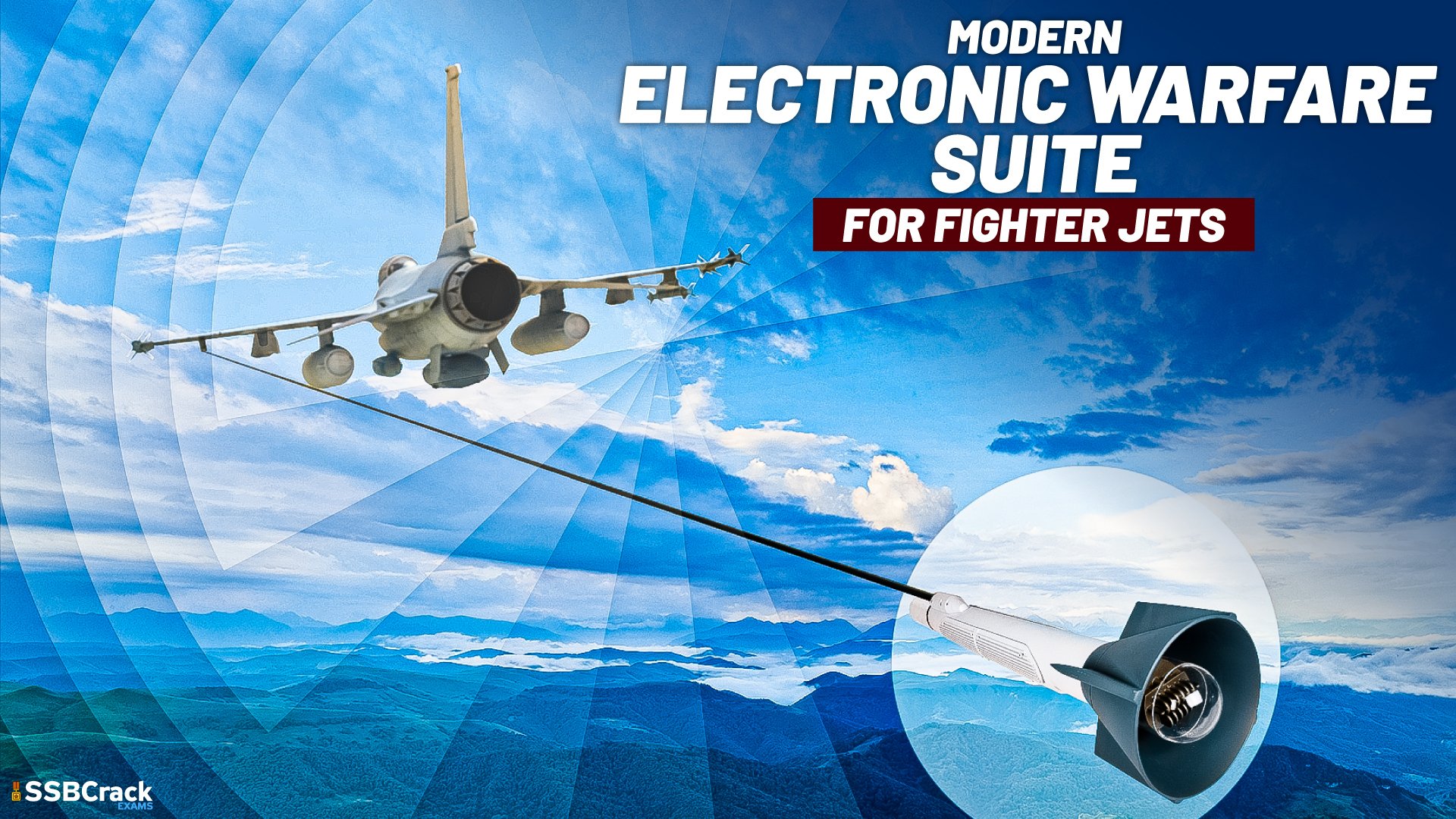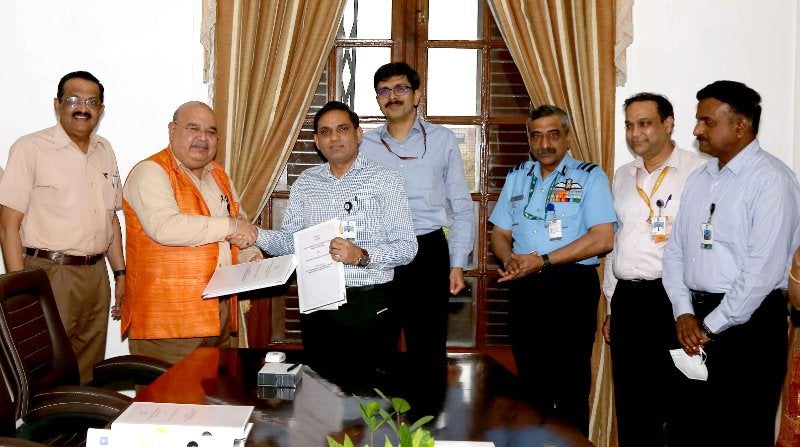CSAW
FULL MEMBER

- Joined
- Mar 9, 2022
- Messages
- 907
- Reaction score
- 1
- Country
- Location
THE BALANCE OF AIR POWER IN SUB-CONTINENT:
Air Power has become the Premium force & face of modern combat. Attaining Air Superiority , destroying Air Defenses, Conducting Air to Ground Sorties and Providing Air Cover forms the basis of modern combat winning Strategies.

Indian Media ANI quotes IAF Chief Air Chief Marshal VR Chaudhari:
"Operations like Balakot have also demonstrated that given the political will, aerospace power can be effectively used in a no-war, no-peace scenario, under a nuclear overhang without escalating into a full-blown conflict. This is very important, given the nature of our adversaries. The response options available to the leadership have suddenly increased and increasingly, air power has become an option of choice due to inherent flexibility and unmatched precision strike capability."
In Limited conflicts under the umbrella of Nuclear hangover , The utilization of Airpower, EW Assets , BVR Missiles & Striking strategic targets by PGMs, REKs appears more possible than ever.
Pakistan Airforce has inducted Platforms & capabilities recently such as :
-Omni Role J-10Cs
-PL-15 / PL-15E Long shot capability
-JF-17C with stand off capability such as Taimor & Ra'ad Modified
-Akinci HALE UAV with SATCOM, AESA & SOM Cruise Missiles
-TB-2 UAV
-Ground based EW Assets
-Local AESA Radar facility





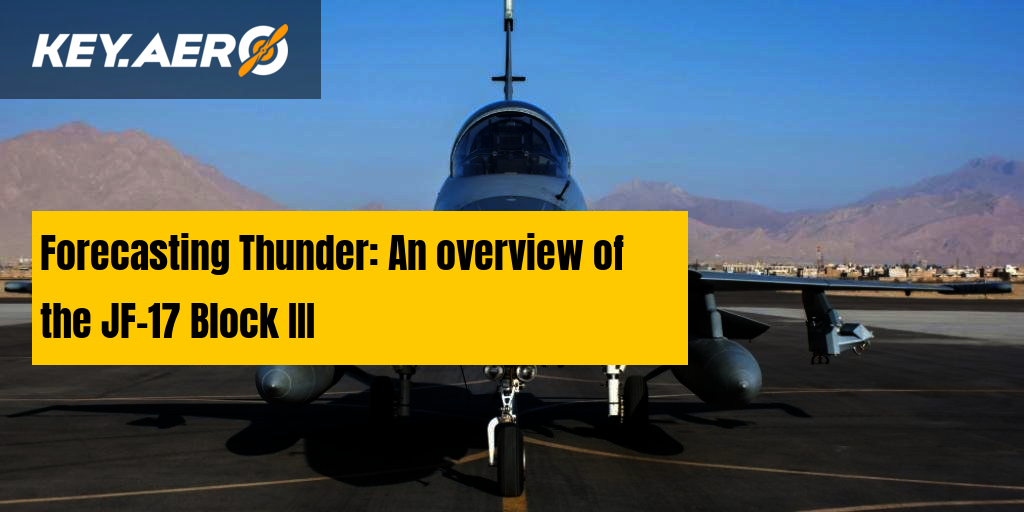
 www.key.aero
www.key.aero

 eurasiantimes.com
eurasiantimes.com
-----------------------------------------------------------------
Indian Airforce learned some hard lessons Post Balakot and went upon its modernization efforts such as
-Su-30 MKI upgrades
-Induction of Rafale 4.5 Gen jets with Meteor BVR
-Plans to induct Rafale-M as Naval Carrier fighter
-Tejas MK-1 addition
-BVRs such as ASTRA-1
- Air Launched versions of Hypersonic ER BrahMos
In addition both sides have plucked the Air defense gaps ; Pakistan installing HQ-9 Air defense Systems while Indians putting S-400 into layered defense system.

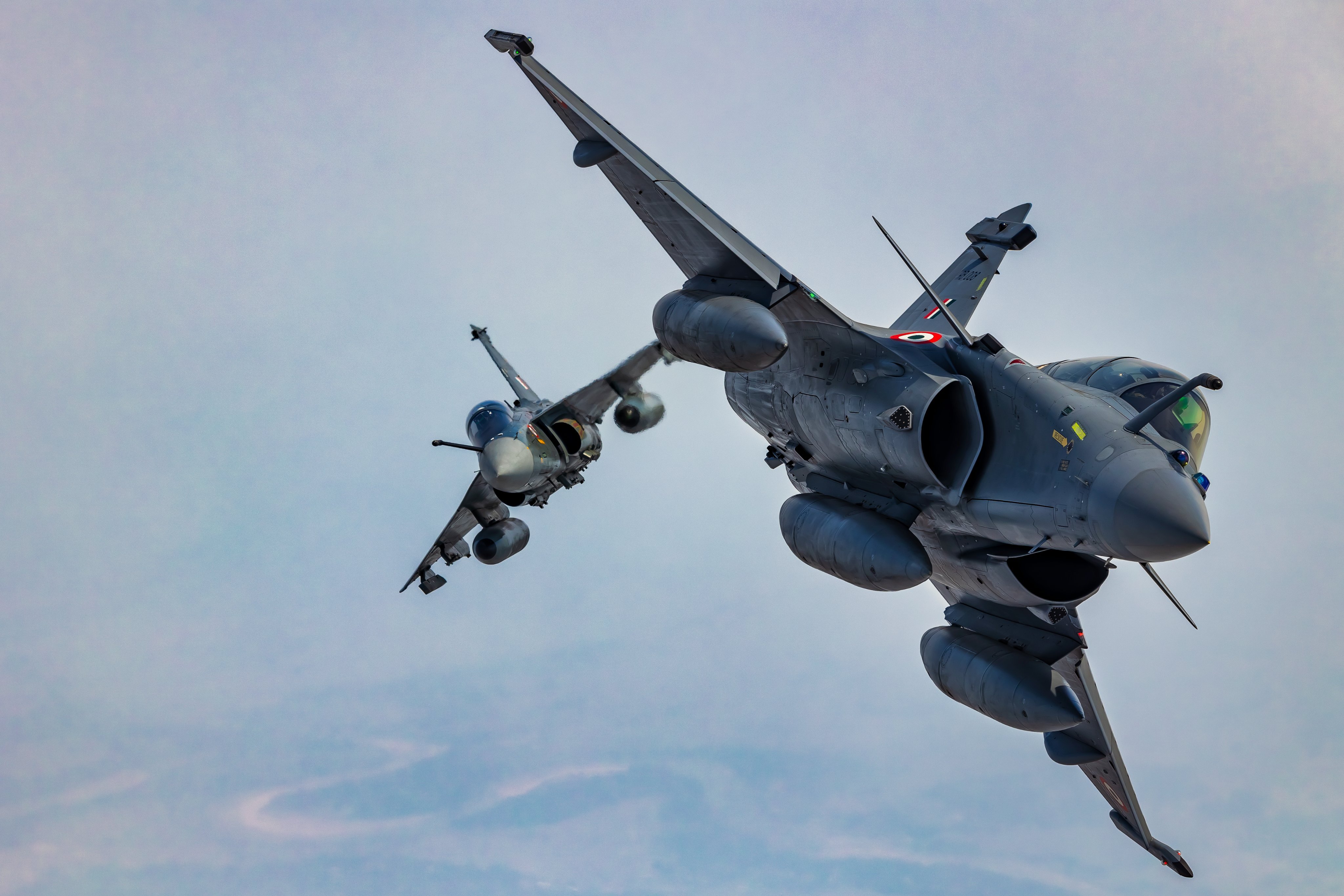



Pakistan's constraints due to end user restrictions on Use of F-16s in aggressive roles or Lack of spares are now a thing of Past. Where as Indians now have rectified the Radio communication Jamming issues or Low range BVR capability.
Pakistan’s response to the Balakot strikes suggests that it would rely on its potent conventional options, which have been rehearsed in several military exercises, when retaliating to such cross-border strikes in the future. Pakistan’s current conventional deterrence strategy rests on "A New war-fighting concept" developed based on recent inductions, Use of Force Multipliers / UAVs and ingredients from Past success based on use of AEW&C & EW capabilities.
The 5.0th Generation NGFA induction from both sides seem distant , hence battle lines are almost drawn clearly for now.
The next Aerial conflict will provide the theater for arch rivals to test out the new Platforms & capabilities and to determine whether the balance of Airpower in the region has changed.
Discussion open.
Thanks

 organiser.org
organiser.org

 www.defencexp.com
www.defencexp.com
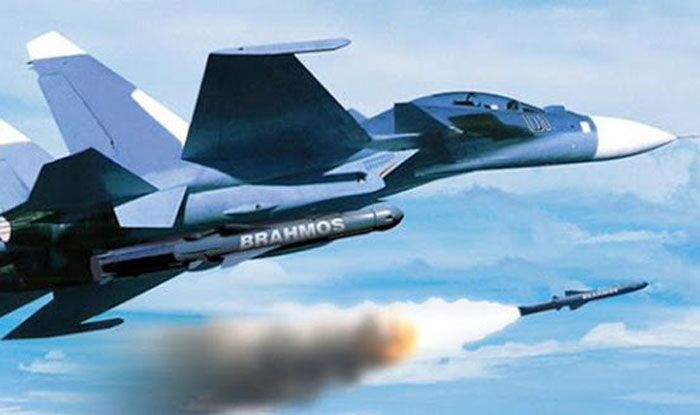
 www.india.com
www.india.com
Air Power has become the Premium force & face of modern combat. Attaining Air Superiority , destroying Air Defenses, Conducting Air to Ground Sorties and Providing Air Cover forms the basis of modern combat winning Strategies.
Indian Media ANI quotes IAF Chief Air Chief Marshal VR Chaudhari:
"Operations like Balakot have also demonstrated that given the political will, aerospace power can be effectively used in a no-war, no-peace scenario, under a nuclear overhang without escalating into a full-blown conflict. This is very important, given the nature of our adversaries. The response options available to the leadership have suddenly increased and increasingly, air power has become an option of choice due to inherent flexibility and unmatched precision strike capability."
In Limited conflicts under the umbrella of Nuclear hangover , The utilization of Airpower, EW Assets , BVR Missiles & Striking strategic targets by PGMs, REKs appears more possible than ever.
Pakistan Airforce has inducted Platforms & capabilities recently such as :
-Omni Role J-10Cs
-PL-15 / PL-15E Long shot capability
-JF-17C with stand off capability such as Taimor & Ra'ad Modified
-Akinci HALE UAV with SATCOM, AESA & SOM Cruise Missiles
-TB-2 UAV
-Ground based EW Assets
-Local AESA Radar facility

Forecasting Thunder: An overview of the JF-17 Block III
While the JF-17 has come of age in the combat theatre, it has yet to record any major successes in the export market. We explore the development of the light fighter and how the new Block III standard could help expand the aircraft’s customer base in the coming years

Pakistan's 'Most Capable' Chinese-Origin J-10C Fighter Jet Gets Mirage-V-Like 'Green-Blue' Camouflage Scheme
Pakistan's Chinese-origin J-10C fighter jets have been photographed in a camouflage/paint scheme similar to its French-made Mirage V jets.
 eurasiantimes.com
eurasiantimes.com
-----------------------------------------------------------------
Indian Airforce learned some hard lessons Post Balakot and went upon its modernization efforts such as
-Su-30 MKI upgrades
-Induction of Rafale 4.5 Gen jets with Meteor BVR
-Plans to induct Rafale-M as Naval Carrier fighter
-Tejas MK-1 addition
-BVRs such as ASTRA-1
- Air Launched versions of Hypersonic ER BrahMos
In addition both sides have plucked the Air defense gaps ; Pakistan installing HQ-9 Air defense Systems while Indians putting S-400 into layered defense system.





Pakistan's constraints due to end user restrictions on Use of F-16s in aggressive roles or Lack of spares are now a thing of Past. Where as Indians now have rectified the Radio communication Jamming issues or Low range BVR capability.
Pakistan’s response to the Balakot strikes suggests that it would rely on its potent conventional options, which have been rehearsed in several military exercises, when retaliating to such cross-border strikes in the future. Pakistan’s current conventional deterrence strategy rests on "A New war-fighting concept" developed based on recent inductions, Use of Force Multipliers / UAVs and ingredients from Past success based on use of AEW&C & EW capabilities.
The 5.0th Generation NGFA induction from both sides seem distant , hence battle lines are almost drawn clearly for now.
The next Aerial conflict will provide the theater for arch rivals to test out the new Platforms & capabilities and to determine whether the balance of Airpower in the region has changed.
Discussion open.
Thanks

No Chance To Enemy: IAF has strengthened itself in last eight years
The current global security environment is becoming most unpredictable and volatile due to rapid technological advancement and the current geostrategic

Biggest Threat From Pakistan Air Force -DefenceXP
PAF tried to attack military installation in the broad light just the day after the Balakot strike i.e 27 Feb 2019 ...
 www.defencexp.com
www.defencexp.com

India Successfully Test-fires BrahMos Missile From Sukhoi-30MKI Fighter Jet
The airforce version of BrahMos missile, developed jointly by India and Russia, is considered to be the fastest in the world. It has a strike range of range of 290 km and can carry conventional warhead up to 300 kg.
 www.india.com
www.india.com
Last edited:


